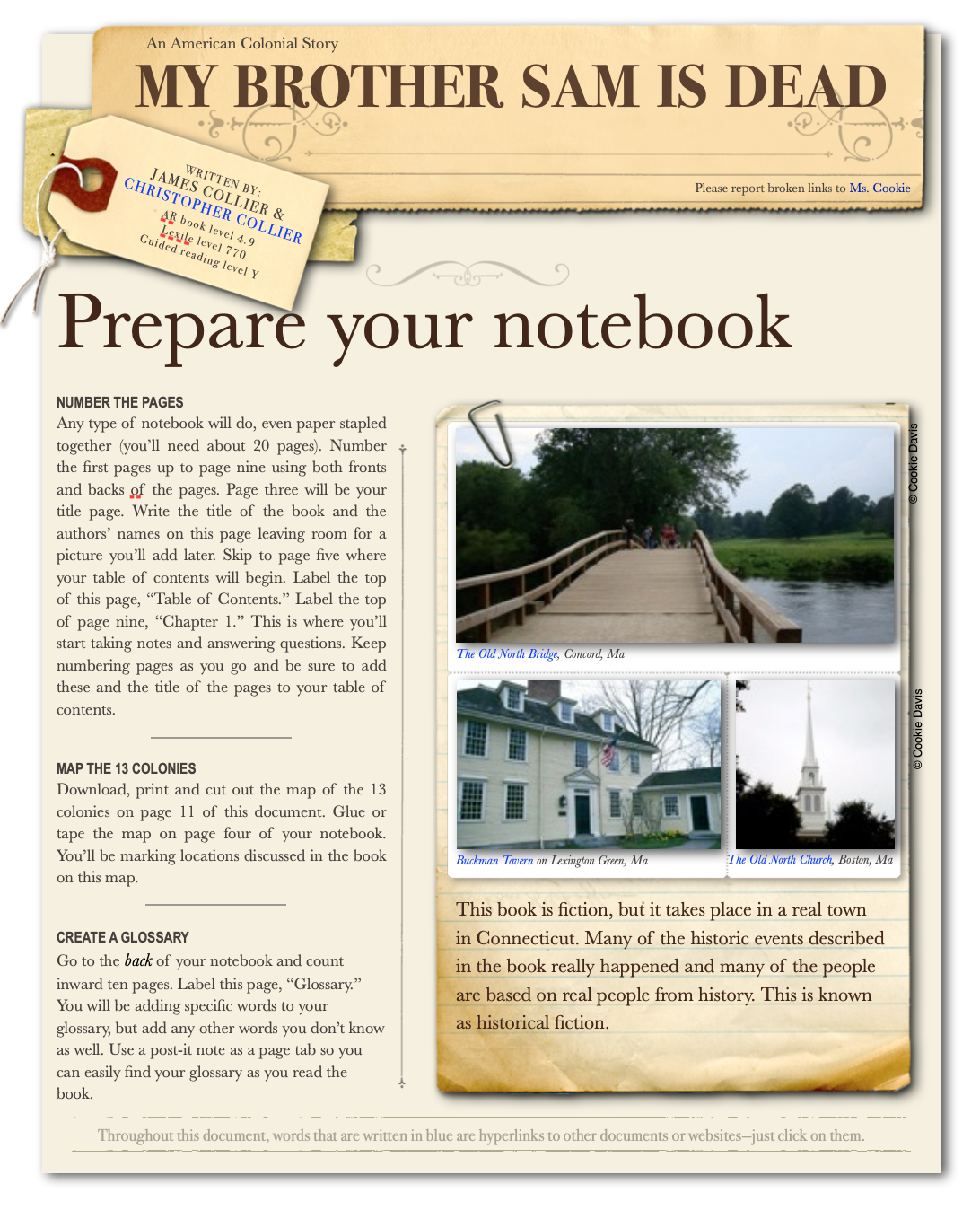|
In December of 1777, George Washington had about 12,000 troops in southeastern Pennsylvania preparing their winter camp. According to an order given by General Washington, the soldiers at Valley Forge were divided into groups of twelve to build huts to house themselves during the winter of 1777-1778. Since it was already winter when they arrived, it was critical that they construct the huts quickly. Therefore, General Washington offered a prize of twelve dollars to the group in each regiment who finished their hut first.
Hut dimensions The dimensions of the huts were as follows: 12 feet by 16 feet for the perimeter and 6 feet high. The sides were to be made from logs and the roof of planks. The logs were chinked with mud (they filled all the spaces between the logs with mud). No requirements were given for the floors, and in fact most had none. Chimneys also were not required, but the fireplaces were made from fieldstones and the cracks were filled with mud. There were no windows just a single door. Twelve bunks were built into the sides of the walls. When the spring finally arrived, Washington ordered the chinking in the logs removed to increase the air circulation within the huts. Although precise recommendations had been given as to how and what to use for building materials, with 12,000 men needing housing quickly, they were forced to use whatever was the most convenient. Also, the carpentry expertise of the men in the individual regiments varied greatly. As a result, some soldiers fared better than others. The northern regiments tended to be more skilled in building huts that were more effective in keeping out the wind and the cold. The southern soldiers were not aware of what to expect from a northern winter!
Much of the information on this page was taken from the Westford Public Schools' site entitled "Valley Forge Huts" that is no longer published. Lord, Phil. “Research and Documentation.” Valley Forge Hut Model, 12 Sept. 2015, www.living-in-the-past.com/hut.html. Nardini, Marge, and Cheryl Pulkowski. “Valley Forge Huts.” The American Revolution, The Wayback Machine Rovi Corporation, Nov. 2000, web.archive.org/web /20180501235504/http://westfordk12.us:80/pages/curric/links35/webquest/amerrev/hut.html. Valley Forge National Historical Park General Management Plan. “Overview of History and Significance.” National Parks Service, U.S. Department of the Interior, 2007, www.nps.gov/vafo/learn/historyculture/valley-forge-history-and-significance.htm.
|
Author
I often struggle to find websites with thorough explanations in simple language to help kids understand historical events or scientific concepts, so I decided to create some of my own! -Cookie Davis
Archives
March 2024
|




 RSS Feed
RSS Feed